|
One of my happiest memories from this past summer is of the moment when I stumbled across a little patch of the Twinflower (Linnaea borealis) during one of my woodland rambles. I had never seen it before and didn't know what it was, but was immediately charmed by its delicate beauty and sweet fragrance. I soon learned its identity and was fascinated that it bore the name of Linnaeus, the great Swedish botanist who invented our modern system of binomial nomenclature. But, although I returned to the woods a few times shortly afterwards with the intention of finding it again, I only saw it in bloom that once, which I suppose makes that moment all the more special! Indeed it is a difficult plant to find, for even though it is common "in almost all the great northern forests", it is "easily overlooked, because it grows only where the woods are thickest, and its delicate twin-blossoms are almost hid among the moss, and interwoven with ivy." (Quoted from Edward Daniel Clarke's Travels in Various Countries of Europe, Asia, and Africa, 1819). 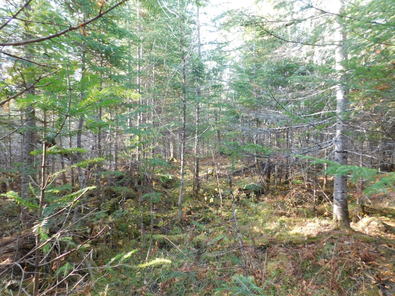 An ideal habitat An ideal habitat Twinflower is an evergreen, trailing sub-shrub in the Honeysuckle family (Caprifoliaceae), and is native to much of northern Europe, Asia, and North America. In this country it has been found as far south as Tennessee, but is now extirpated or considered endangered in many states along the southern boundaries of its habitat. It seems to prefer old fir forests carpeted with moss, where it has less competition from taller plants, but it grows in deciduous forest as well, and I have seen several pictures of it growing at the bases of rocks in fairly open spaces. The dainty, pale pink, drooping flowers appear in early summer, atop a slender stem about 3 inches high, which is forked at the top. The fragrance is often compared to that of Meadowsweet, and is reported to be especially strong at night. 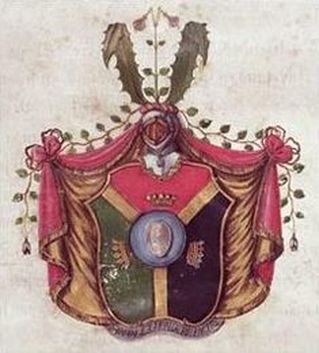 Linnaeus' coat of arms Linnaeus' coat of arms This humble little "flower of the north" became famous when the great botanist chose it as his emblem. The 25-year-old Linnaeus first saw the plant in Lycksele on May 29, 1732, while on his expedition in Lapland. At that time it was known as Campanula serpyllifolia, or Thyme-leaved Bellflower, but it was ascertained by Linnaeus to be a distinct genus. Soon after, the genus was named Linnaea by Gronovius, Linnaeus' friend and teacher, and Linnaeus himself affixed the specific name, borealis, meaning "of the north". Linnaeus seems to have seen a symbol of his own humble beginnings in this plant, as he writes in his book Critica Botanica (1737): "Linnaea was named by the celebrated Gronovius and is a plant of Lapland, lowly, insignificant and disregarded, flowering but for a short space-from Linnaeus who resembles it". 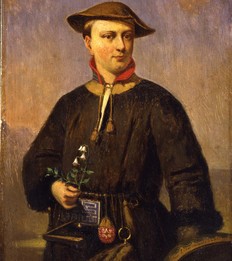 Portrait of Linnaeus in traditional Lapland costume Portrait of Linnaeus in traditional Lapland costume It remained his favorite flower throughout his life, and he even added it to his crest after his ennoblement in 1761. He is seen holding the plant in most of his portraits. Linnaea borealis is the unofficial national flower of Sweden as well as the provincial flower of Småland, Linnaeus' home province. In the 19th century, Edward P. Thompson remarked on the love the Swedes had for this little flower: "In one of my rambles in the country, some school-boys who were following the same path, came running to me, stranger as I was, exclaiming 'See, sir, we have found some of the Linnaea borealis!'". Happy indeed should we be if we find Linnaeus' lovely little namesake blooming in our woods! Linking with Clay and Limestone today for Wildflower Wednesday!
14 Comments
10/24/2018 09:12:04 am
Welcome to Wildflower Wednesday! What a sweet little wildflower...and I so enjoyed the history! xo
Reply
Eliza
10/24/2018 05:13:38 pm
I don't think I've ever seen one in the wild. It is a beauty and I can imagine it was exciting to find it in your woods. Thanks for giving us the background on this lovely little flower!
Reply
10/24/2018 05:53:22 pm
What an interesting story. Linnaeus looks so happy in his portraits.
Reply
10/25/2018 12:45:08 pm
I so enjoyed reading the history of this flower. I have never seen it either. I found your blog through Gail's Wildflower Wednesday post. I enjoyed it so much. Thank you.~~Dee
Reply
10/25/2018 05:41:35 pm
Ephemeral flowers are fleeting but as you mentioned it makes them all the more special when you happen upon them. I enjoyed reading the story of this plant. It provides an even bigger appreciation.
Reply
Very informative post. Woodland wildflowers are mostly spring blooms, I wonder how many will bloom in summer. I was surprised to see that this plant is native to Illinois (according to USDA). It must be quite rare, though, it is not listed on the website of the Illinois Wildflower Society.
Reply
Leave a Reply. |
AuthorI am a passionate gardener and seed-saver, who also enjoys playing the violin and accordion, running, spending time with my 4 golden retrievers, keeping chickens, photography, and reading. Archives
March 2019
|
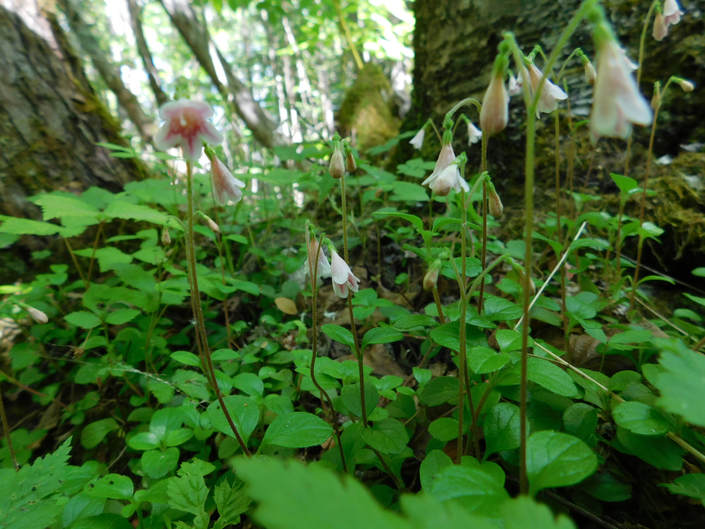
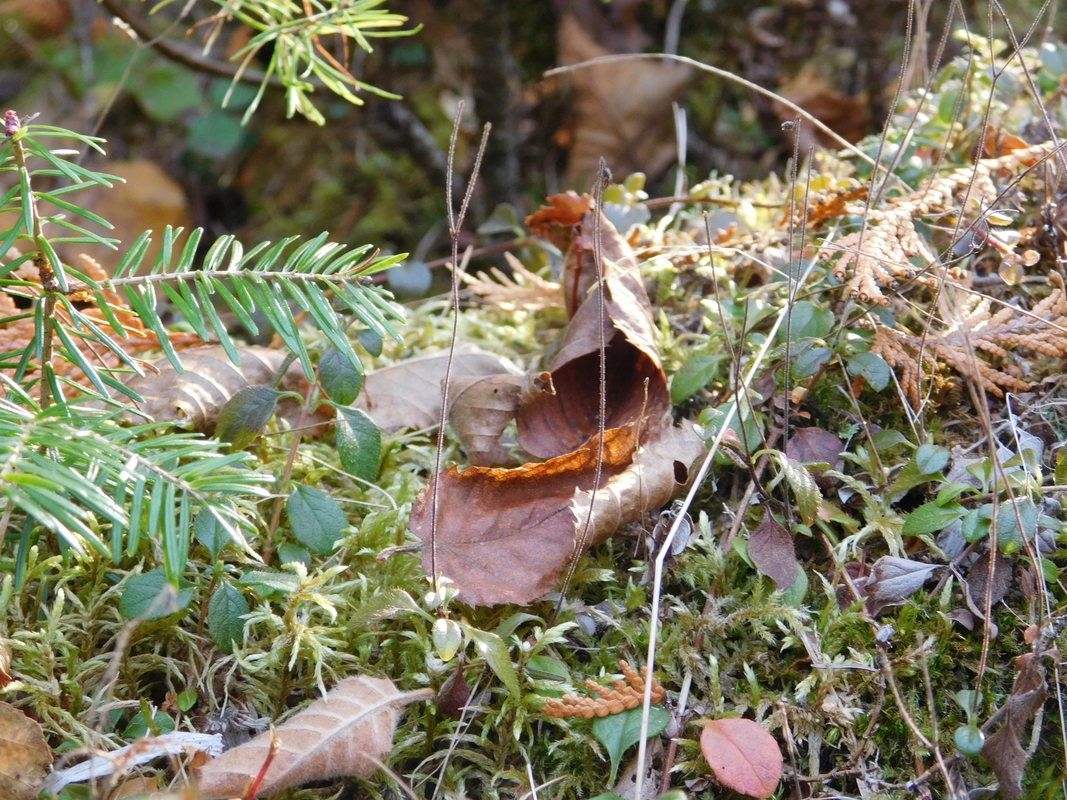
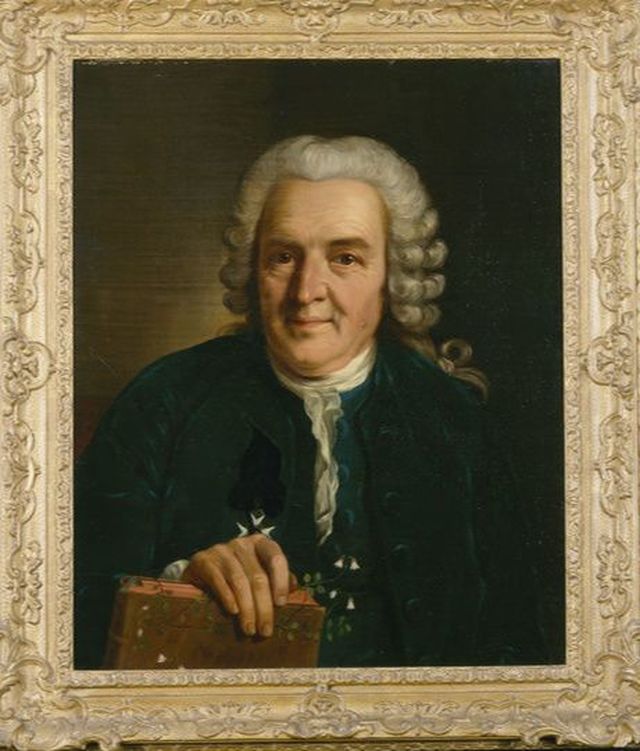

 RSS Feed
RSS Feed
